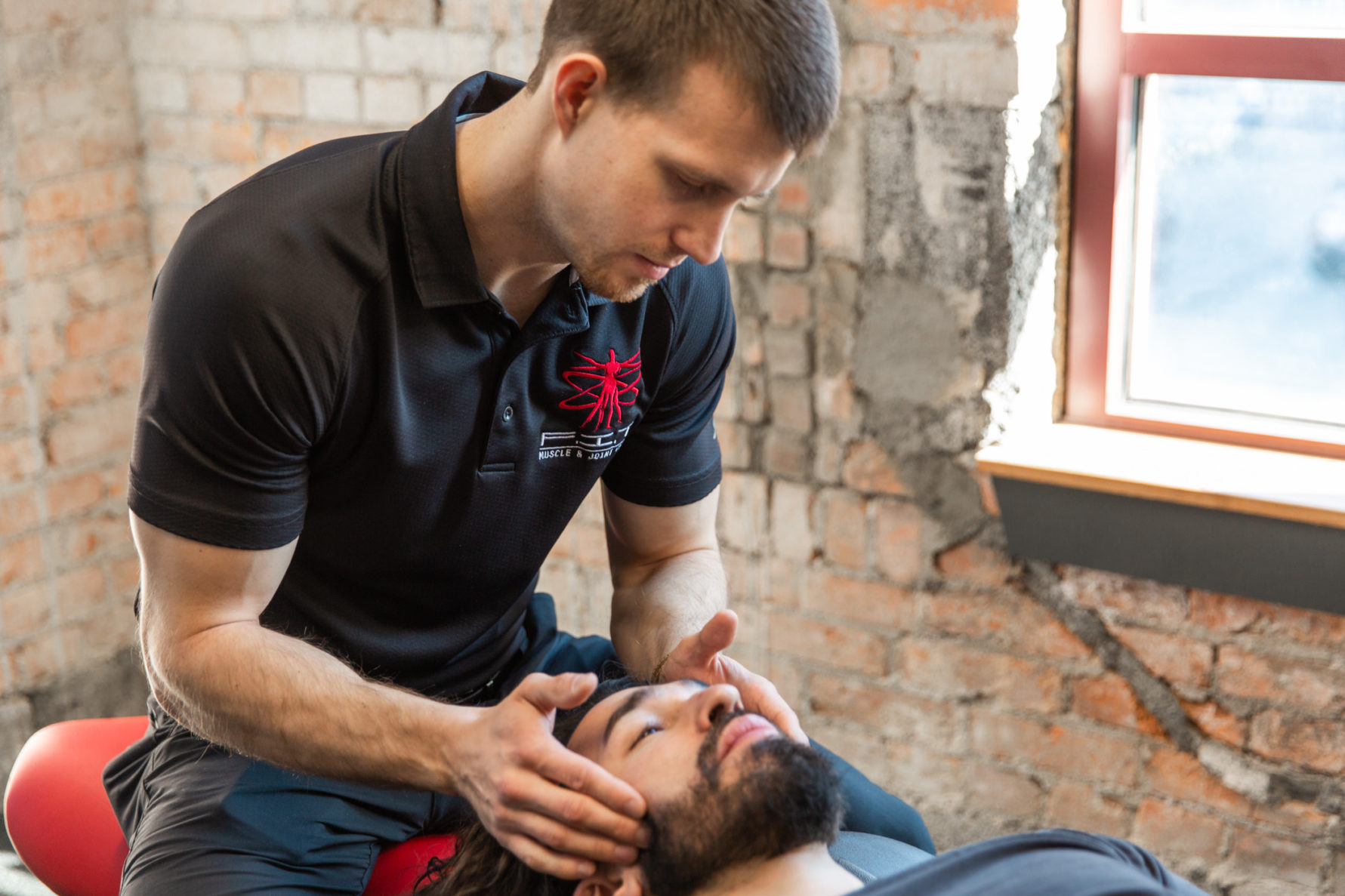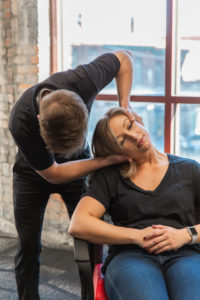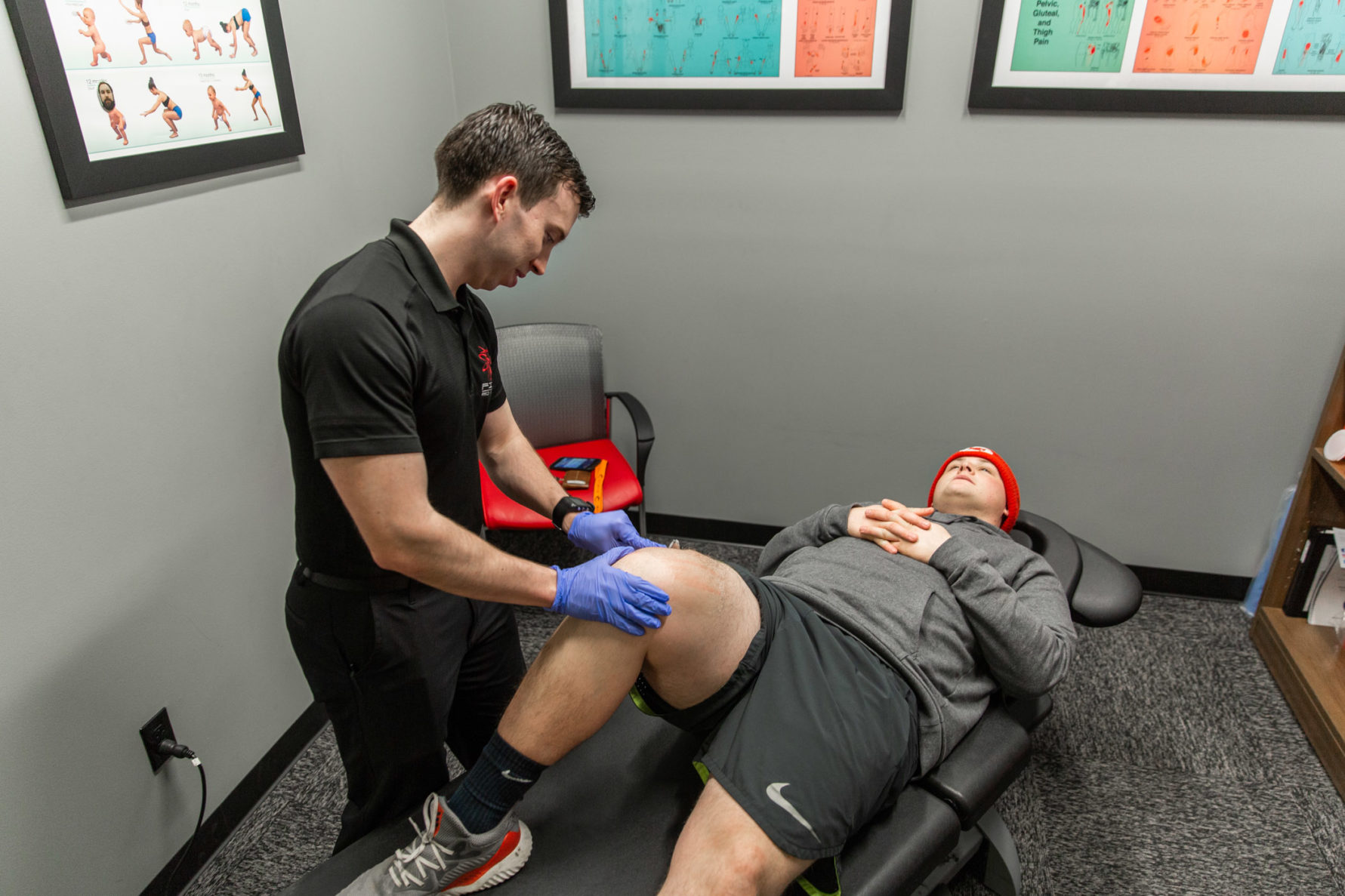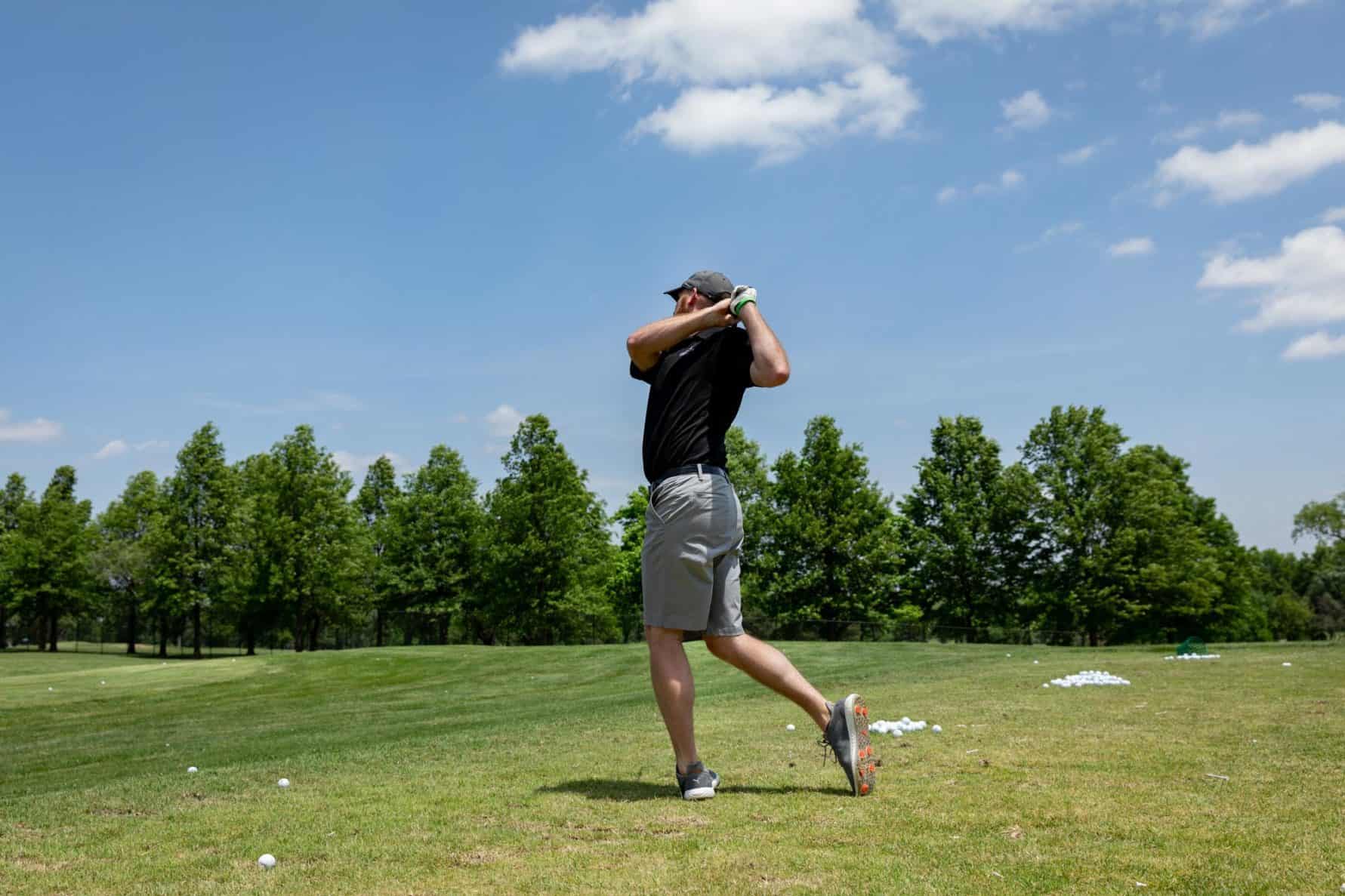
Window of Opportunity
There is a period of time after an adjustment in which full range of motion has been restored in a previously restricted joint. Unfortunately, that joint will most likely regress to a diminished range of motion if there is muscle imbalance present in the surrounding area, or if that area is subject to regular postural stress. After achieving the improved range of motion from the adjustment, it is crucial to train proper motor patterns into the surrounding muscles. This allows your brain to “re-set” the muscle tone and properly control movement of that joint. If nothing is done after an adjustment, muscle imbalances remain and the joint quickly becomes restricted again. This is why it is so important to train proper stabilization and movement with the full range of motion obtained by an adjustment. The goal is to stay pain free as long as possible by training your brain and body to maintain proper muscle balance and joint motion.
Improving Quality of Movement

You’ve most likely heard the term “motor memory” when referring to complex skills such as painting, or shooting a basketball. Proper movement is like any other skill; the brain needs practice doing it correctly. The more we deliberately practice stabilizing and moving properly, the more “automatic” it becomes for our brain to utilize the muscles and joints in such a way. In a perfect world we would all maintain ideal motor patterns, but, in our modern society, many activities that we perform on a daily basis encourage our muscles to become unbalanced.
So, by restoring joint range of motion with an adjustment and training our brain to maintain proper muscle tone, we are less likely to have lingering muscle and joint pain.
Humans are all born with a blueprint in our DNA to form neuromuscular pathways for ideal movement. However, for many different reasons throughout our adult lives, our brain creates compensations that lead to dysfunction and pain.
The best way to develop these new motor patterns after an adjustment is through rehabilitation exercises. Correct exercises are often the most important part of a therapy program. Unfortunately, the exercise is also the portion of a therapy program that will most likely be ignored by patients. This is usually because it is challenging and takes repetition to provide results. It’s funny how the things in life that aren’t very fun to do often provide the best health benefits.
Luckily, proper rehabilitation doesn’t have to involve heavy weights or complex equipment. It can usually be done with a couple simple exercises performed consistently a few times day. We encourage our patients to set aside just a few rehab minutes in the morning, lunchtime, and evening. Incorporating rehab into your warm-up routine at the gym is also a great way to ensure that you are doing them frequently. Once it becomes part of your routine, rehab becomes second nature.
F.I.T. Approach
At F.I.T. Muscle & Joint Clinic we look to not only get you moving better but give you the tools to keep you moving better long term. The team at F.I.T. strives to stay on top of the best and newest rehabilitation techniques to best serve our patients. One rehabilitation technique that we have studied is called Dynamic Neuromuscular Stabilization (DNS). It is based off of movement patterns that develop naturally as human babies mature. By using DNS we have found that we are able to get better results without requiring special equipment or heavy weights. Call us and ask how DNS can help you groove better movement patterns!
F.I.T. Muscle & Joint Clinic currently serves the Kansas City Metro area including Overland Park, Shawnee, Olathe, Gardner, Leawood, Prairie Village, Belton, Lee’s Summit, Blue Springs, and Lawrence. New patients are always welcome at F.I.T. Muscle & Joint Clinic.



